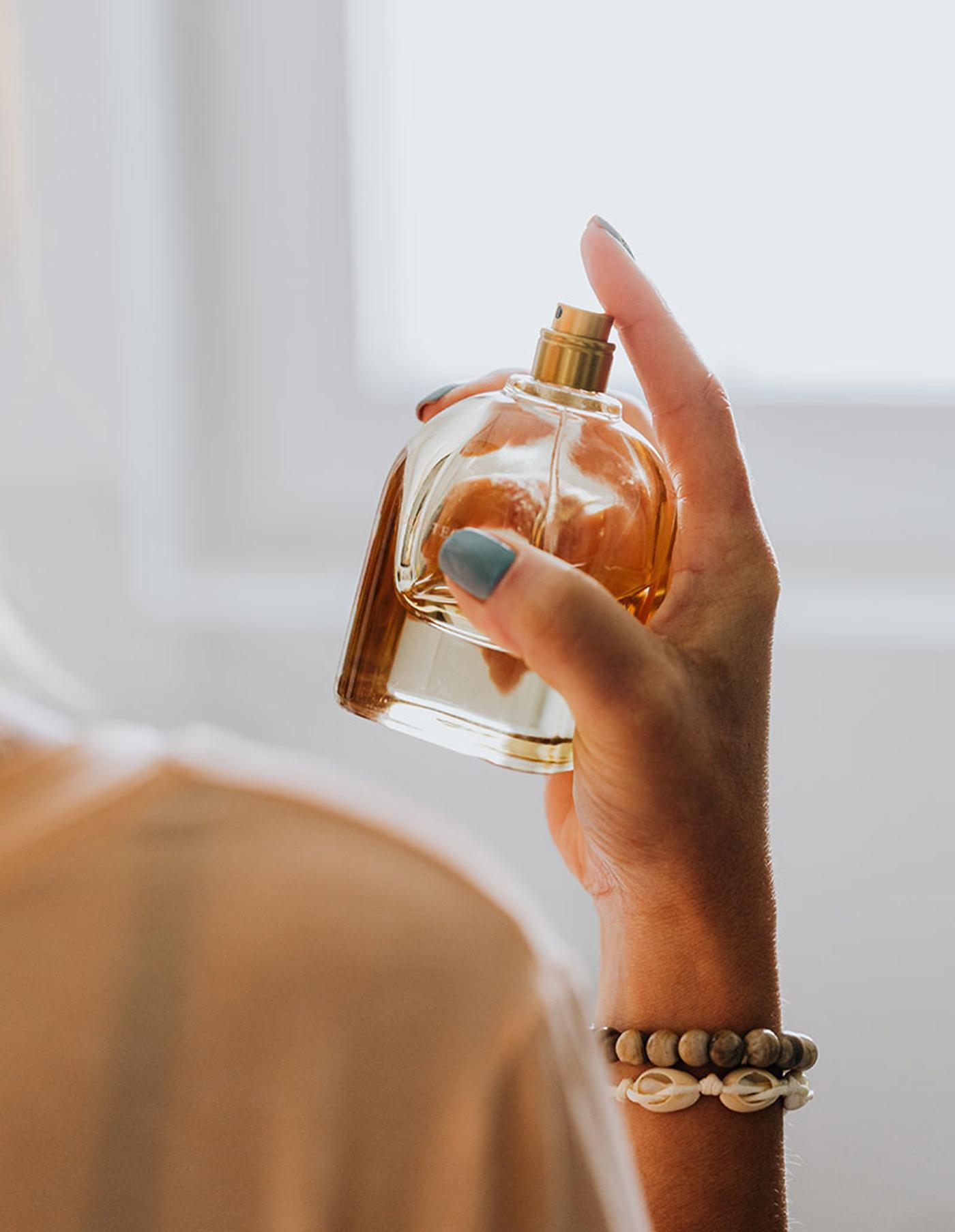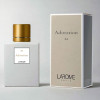Top, Heart and Base Notes
The world of equivalence perfumery is fascinating and complex, where each fragrance tells a unique story through its notes. Understanding the structure of a perfume and how its scent develops over time is essential to fully appreciate its beauty and choose the perfect fragrance for every occasion.
Top Notes
Top notes are the first to be perceived when applying a perfume. They are light and volatile, designed to attract immediately. Generally, they include fresh and citrus aromas such as lemon, bergamot, orange and aromatic herbs. These notes evaporate quickly, usually in about 15 to 30 minutes, giving way to heart notes. For example, in a perfume like Dolce & Gabbana's "Light Blue," the top notes include apple and cedar, offering a fresh and energizing initial sensation.
Heart Notes
The heart notes emerge after the top notes dissipate and form the main body of the perfume. These notes last longer, about 2 to 4 hours, and are usually richer and more complex. Floral, fruity, and spicy aromas are common at this stage, such as rose, jasmine, lavender, cinnamon, and peach. In Dior's "J'adore", for example, the heart is composed of a lush bouquet of flowers such as magnolia, rose and violet, providing a depth and richness that define the perfume's personality.
Base Notes
The base notes are the ones that stay on the skin the longest, providing the base and fixation of the perfume. These notes can last for several hours and even days, depending on the concentration of the perfume. They usually include warm, long-lasting scents such as vanilla, musk, amber, sandalwood, and patchouli. An example is "Shalimar" by Guerlain, which uses vanilla, incense, and leather in its base notes to create an unforgettable and sophisticated trail.






 Three new feminine releases from Larome: Bella di Roma, Boom and Gardenia
Three new feminine releases from Larome: Bella di Roma, Boom and Gardenia
 Akiko by Larome: the niche version inspired by Amouage’s Love Delight
Akiko by Larome: the niche version inspired by Amouage’s Love Delight
 Roses Musk by Montale and its interpretation Misaki by Larome
Roses Musk by Montale and its interpretation Misaki by Larome
 What does a niche perfume mean? Discover exclusivity and the art of perfumery
What does a niche perfume mean? Discover exclusivity and the art of perfumery
 Perfect Arabic perfumes for autumn and winter
Perfect Arabic perfumes for autumn and winter